Centuries ago, some of today’s most common foods were only found on the plates of kings and queens. Here are 25 foods that went from royal luxury to everyday indulgence!
These foods weren’t just meals—they were symbols of power and status, treasured for their rarity and significance.
Discover the fascinating history of once-exclusive royal foods and appreciate their journey from exclusivity to wide availability, allowing you to savor the taste of royalty in your own kitchen.
1. Lobster

Now synonymous with luxury dining, lobster was once a testament to opulence on royal tables. Historically, this crustacean was a delicacy at grand feasts, served to impress nobility with its rich flavor and unique presentation.
Royals cherished lobster for its rarity and the effort required to catch these creatures from the ocean depths. In modern times, lobster has become a fine dining staple, adored by seafood enthusiasts worldwide. Not only is it more accessible, but culinary advancements have also made preparing lobster easier.
2. Foie Gras
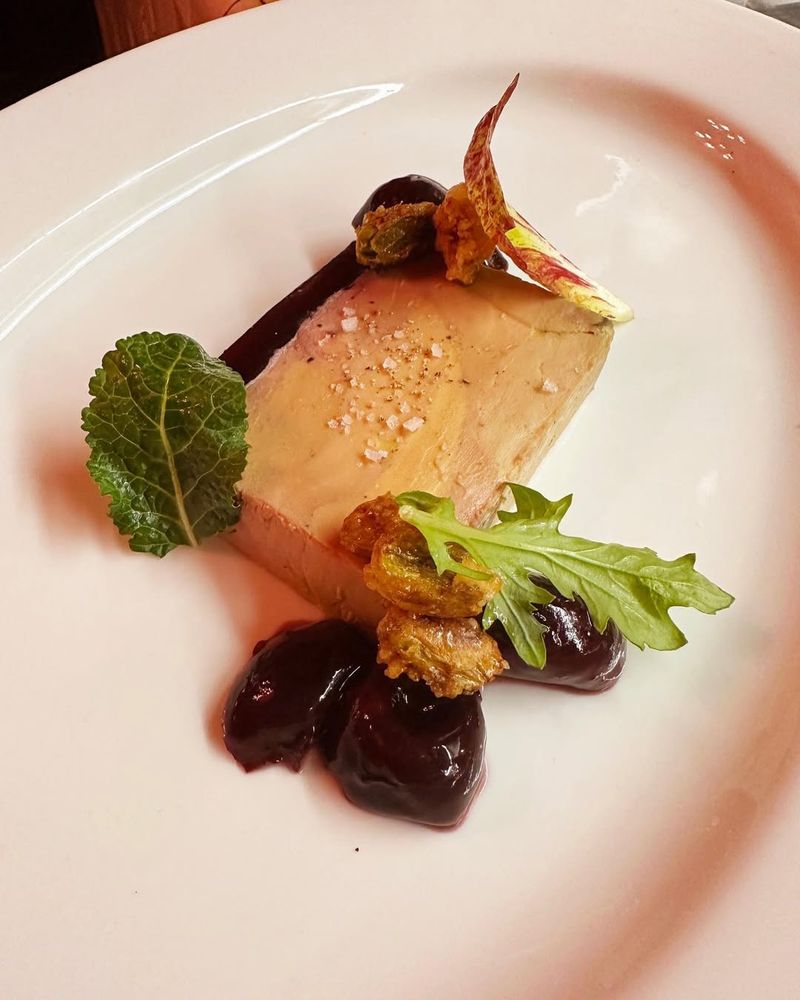
The creamy delicacy made from duck liver, has a history steeped in exclusivity. Originating from France, it was once the preserve of the nobility, gracing the tables of aristocrats who relished its rich texture and decadent taste.
This luxurious treat was often served during lavish banquets, elevating the dining experience. Though still considered a luxury item today, foie gras is available to discerning food lovers who seek its unique taste.
3. Caviar
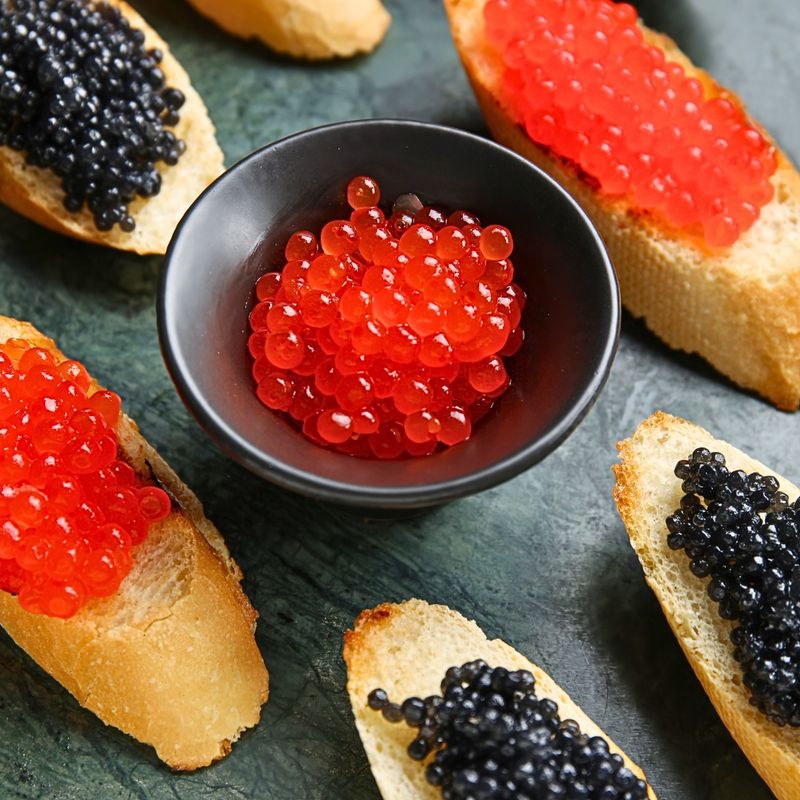
Caviar, the epitome of luxury, once adorned the tables of Russian tsars and European aristocrats. Harvested from sturgeon, these delicate pearls were prized for their unique taste and rarity. Caviar was more than food; it was a symbol of wealth and power.
Today, caviar is a luxury accessible to many, though it still holds its regal charm. Found in upscale restaurants and specialty stores, caviar has become a treat for gourmet palates.
4. Truffles
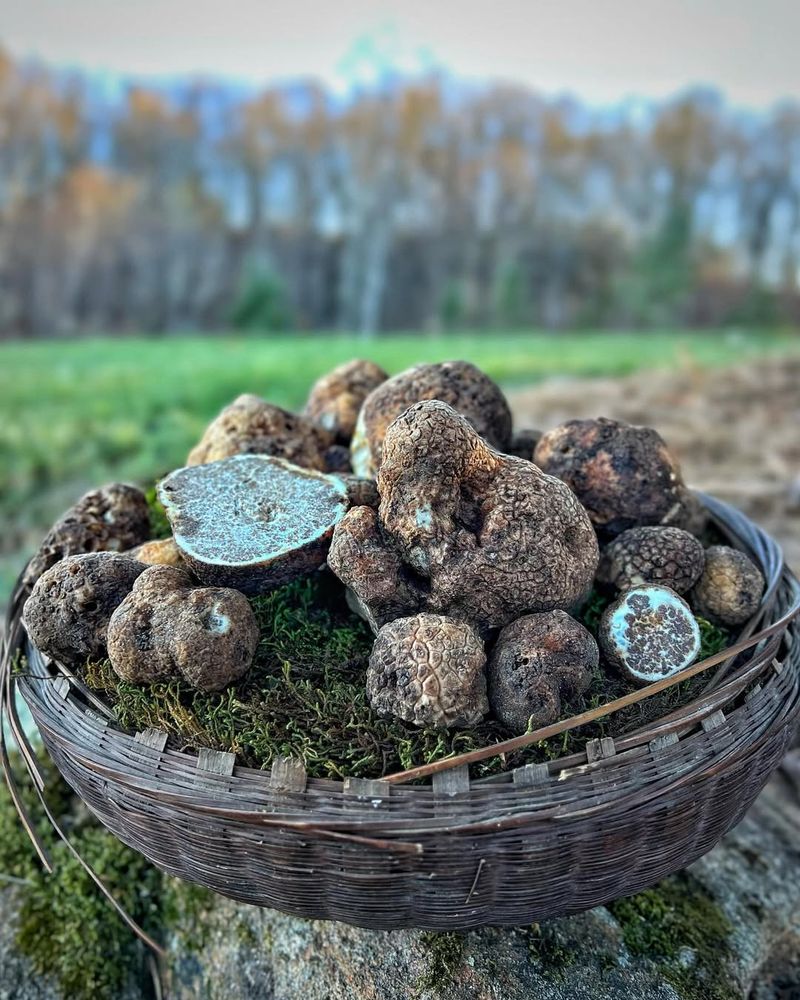
Also known as ‘the diamond of the culinary world,’ truffles were once a rare treasure in royal kitchens. These aromatic fungi, hunted with the help of trained animals, added an exotic flair to dishes served at noble feasts. Celebrated for their unique aroma and earthy taste, truffles symbolized luxury and exclusivity.
In contemporary cuisine, truffles maintain their status as a luxury ingredient, enhancing dishes in upscale restaurants. While still costly, they are much more accessible than in the past, allowing food lovers to enjoy their distinct flavor.
5. Venison
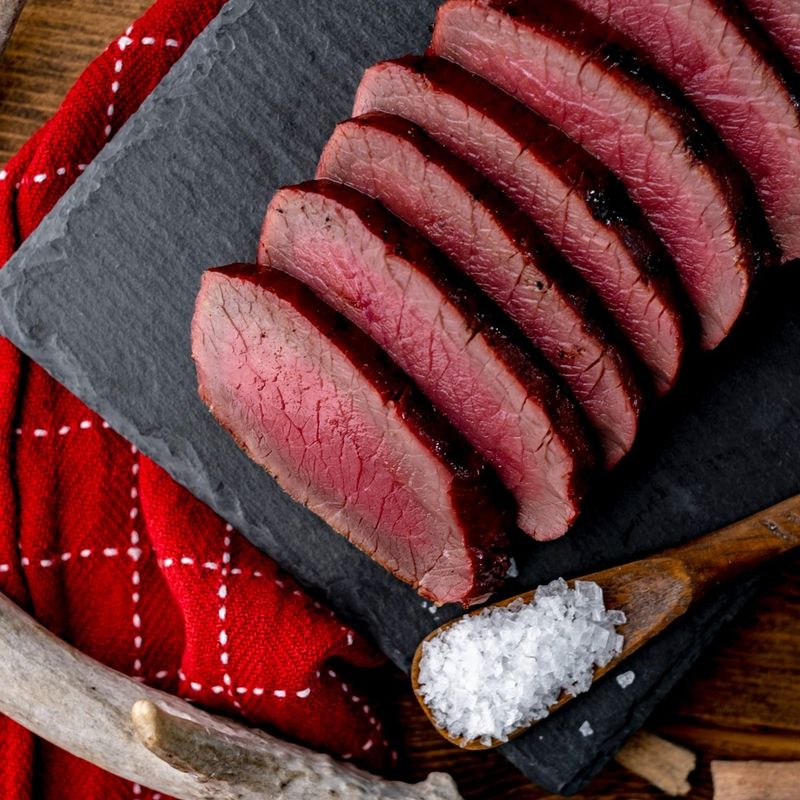
Venison, the king’s meat, was once a prized possession reserved for the elite. In medieval times, hunting rights were controlled by royalty, making venison a rare treat for most.
This game meat was celebrated for its rich flavor and tender texture, often featured at grand feasts to honor nobles and dignitaries. Venison is more widely available in modern times, appreciated for its lean quality and distinct taste.
6. Saffron
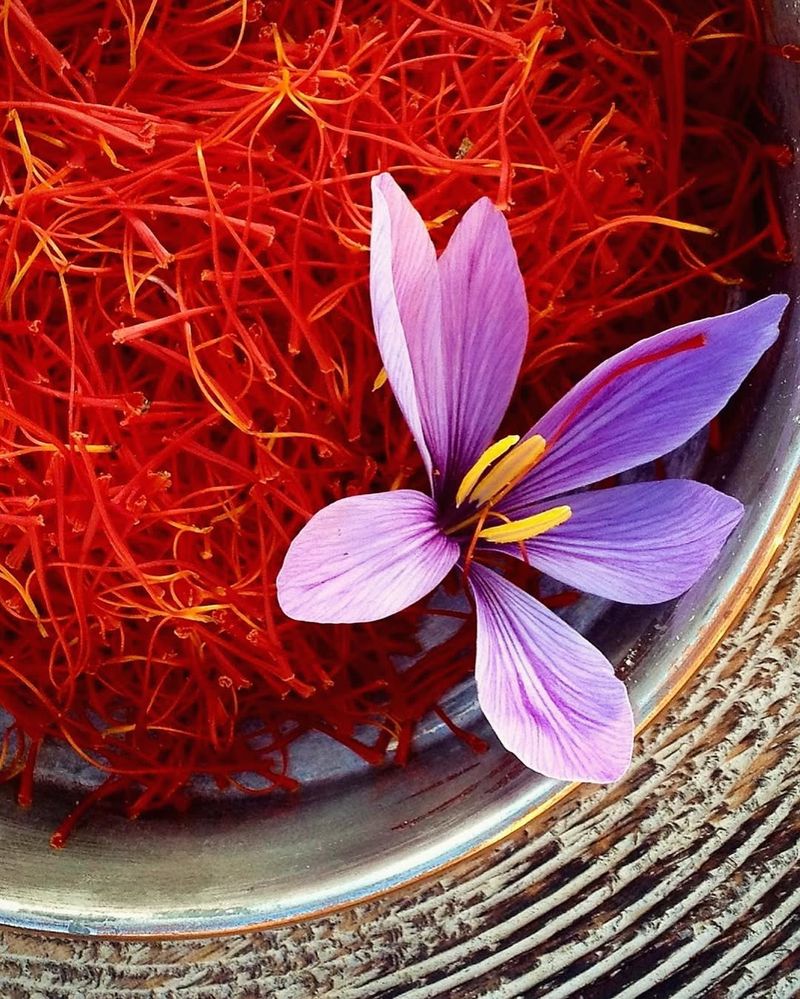
Saffron, the world’s most expensive spice, has been associated with royalty for centuries. Its vibrant color and distinct aroma made it a favorite among kings and queens, who valued it for both culinary and medicinal purposes. Harvested by hand from crocus flowers, saffron’s rarity made it a symbol of luxury.
Today, saffron continues to enchant chefs and home cooks with its unique flavor and storied past. While still pricey, it is more accessible than ever, allowing culinary enthusiasts to indulge in its golden allure. Saffron’s rich history and exquisite taste make it a cherished ingredient.
7. Cinnamon
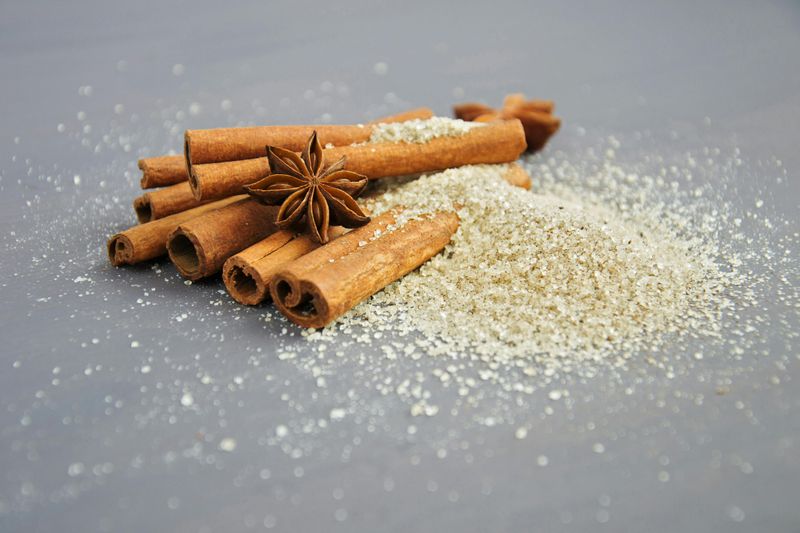
Once a treasured commodity on royal trade routes, cinnamon has a history steeped in intrigue and luxury. This warm, aromatic spice was sought after by kings and traders alike, often used to showcase wealth and sophistication.
Its exotic origins and enticing flavor made it a favorite in royal kitchens. Now a staple in households worldwide, cinnamon’s accessibility has grown, yet its mystique remains. Used in everything from sweet to savory dishes, it continues to offer a taste of history.
8. Black Pepper
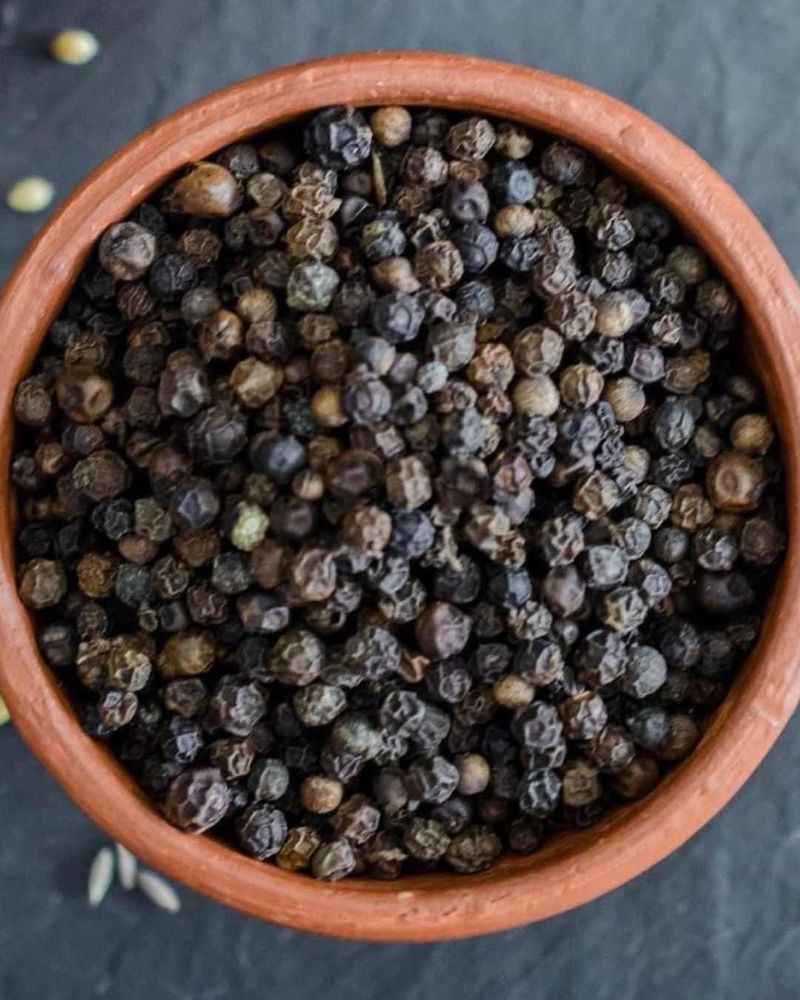
Often referred to as “black gold,” black pepper, o was once a currency in royal courts. Its intense flavor and preserving qualities made it a staple spice for the elite, symbolizing wealth and power. Traded along ancient spice routes, black pepper was coveted for its ability to elevate dishes to new heights.
In modern times, black pepper is ubiquitous, found in kitchens across the globe. Its once-exclusive status has transformed into everyday convenience, yet it remains an essential spice for enhancing culinary creations.
9. Nutmeg
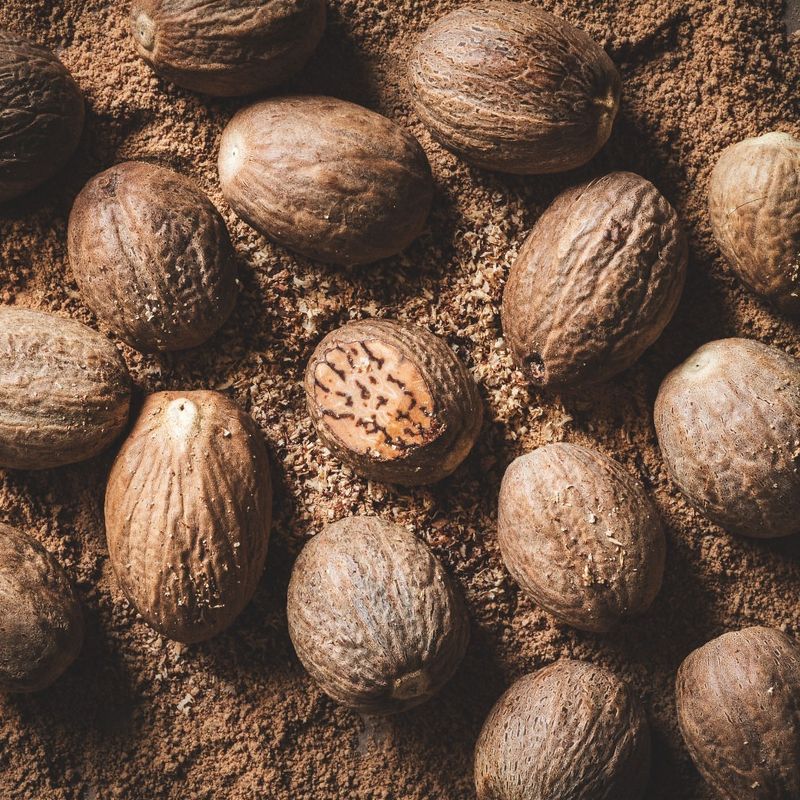
Nutmeg is a spice that once symbolized status among European royalty, holds a tale of exotic allure and luxury. Prized for its warm, spicy flavor, nutmeg was transported across oceans, making it a rare and treasured ingredient in royal banquets.
Today, nutmeg is a common spice, enhancing dishes with its distinct aroma. Available in supermarkets and spice racks, it adds a touch of warmth to both sweet and savory recipes. Nutmeg’s transition from royal exclusivity to everyday use showcases its enduring charm and culinary versatility.
10. Cloves

They once graced the tables of medieval royalty. Their aromatic scent and unique flavor made them a coveted ingredient in royal feasts and celebrations. Cloves were once so valuable that they were traded as precious commodities.
In today’s time, cloves are a staple in kitchens worldwide, used in both cooking and baking. Their accessibility has grown, yet they retain their allure, adding a touch of history to every dish.
11. Chocolate

Originally a bitter cocoa drink enjoyed by Aztec and Mayan rulers, chocolate carries a legacy of luxury and indulgence. These ancient civilizations revered chocolate, believing it to possess divine properties. When it reached European shores, chocolate became a lavish treat for the elite.
Now, chocolate is a beloved treat worldwide, available in countless forms and flavors. From gourmet truffles to everyday candy bars, its accessibility has grown, enchanting palates everywhere.
12. Coffee
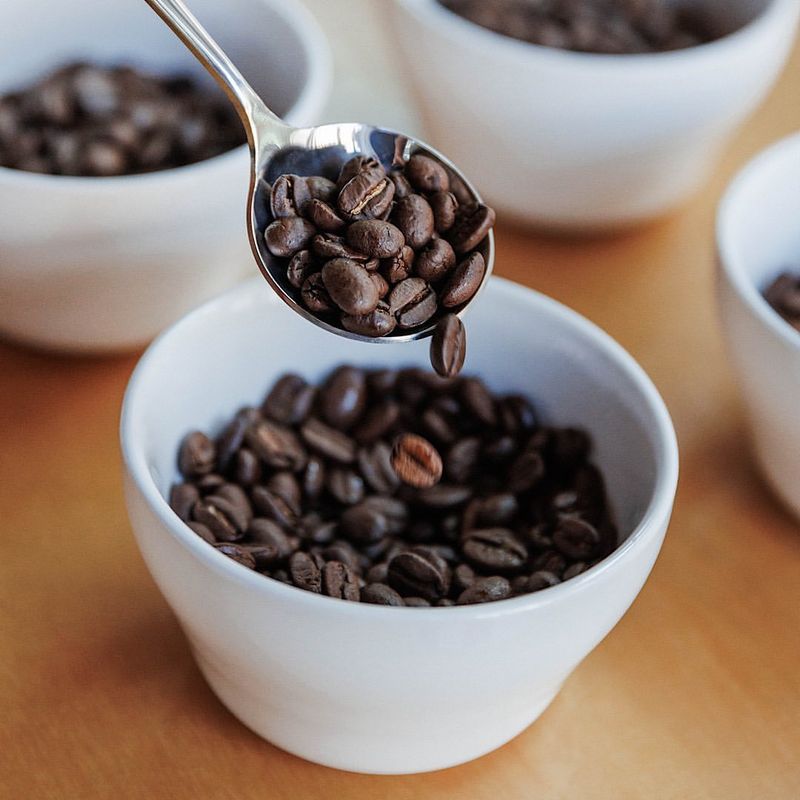
Coffee was once a beverage reserved for the royal courts of the Middle East and Europe. It tells us a story of prestige and allure. Originally discovered in Ethiopia, coffee spread to the elite circles, becoming a symbol of sophistication and cultural exchange.
Coffee is now enjoyed by millions daily. From artisanal brews to instant coffee, its availability has expanded, yet its captivating charm endures. Coffee’s transformation from an exclusive royal pleasure to an everyday necessity reflects its widespread appeal and enduring legacy.
13. Tea
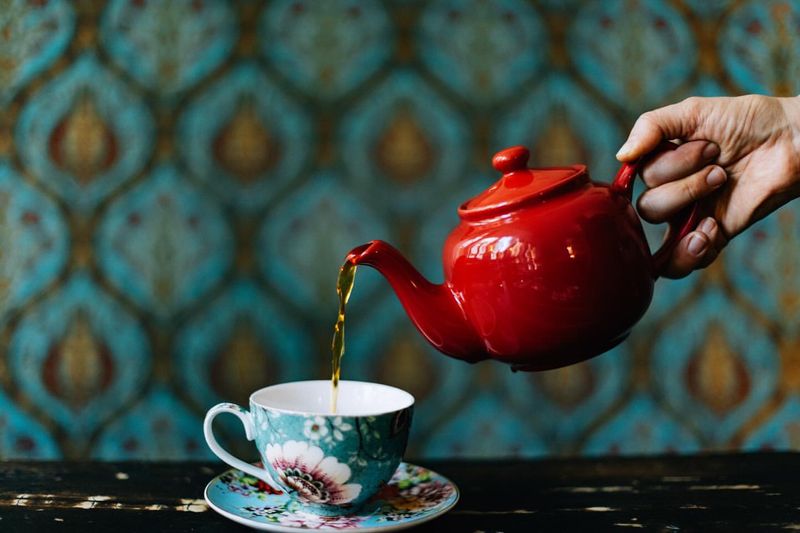
First savored by Chinese emperors and later embraced by British royalty, tea carries a legacy of refinement and grace. Its journey from ancient China to the courts of Europe speaks of trade, cultural exchange, and luxury.
Tea is a universal beverage, now found in every supermarket and enjoyed by people from all walks of life. It continues to offer a moment of tranquility and elegance, bridging the gap between its noble past and modern-day enjoyment.
14. Honey

For ancient Egyptians honey was a sweetener once reserved only for pharaohs. Celebrated for its natural sweetness and healing properties, honey was a prized possession in royal households, often used in both culinary and medicinal applications.
Thankfully, honey is widely available today. It is enjoyed for its health benefits and delightful taste. From artisanal varieties to commercial brands, it has become a staple in kitchens around the world.
15. Marzipan
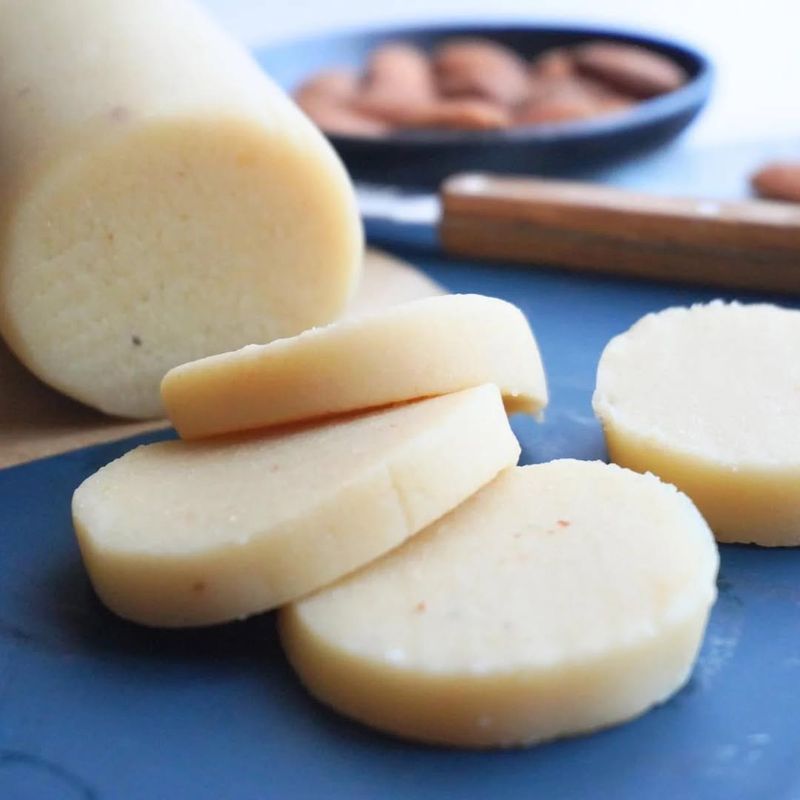
Marzipan, a confection made from almonds and sugar, was once a royal treat in Europe, known for its delicate sweetness and artistic potential. Often shaped into fruits and intricate figures, marzipan was a favorite in royal celebrations.
Today, marzipan is enjoyed worldwide, found in bakeries and dessert shops. Its availability has grown, yet it retains its charm as a decorative and delicious treat.
16. Pineapple
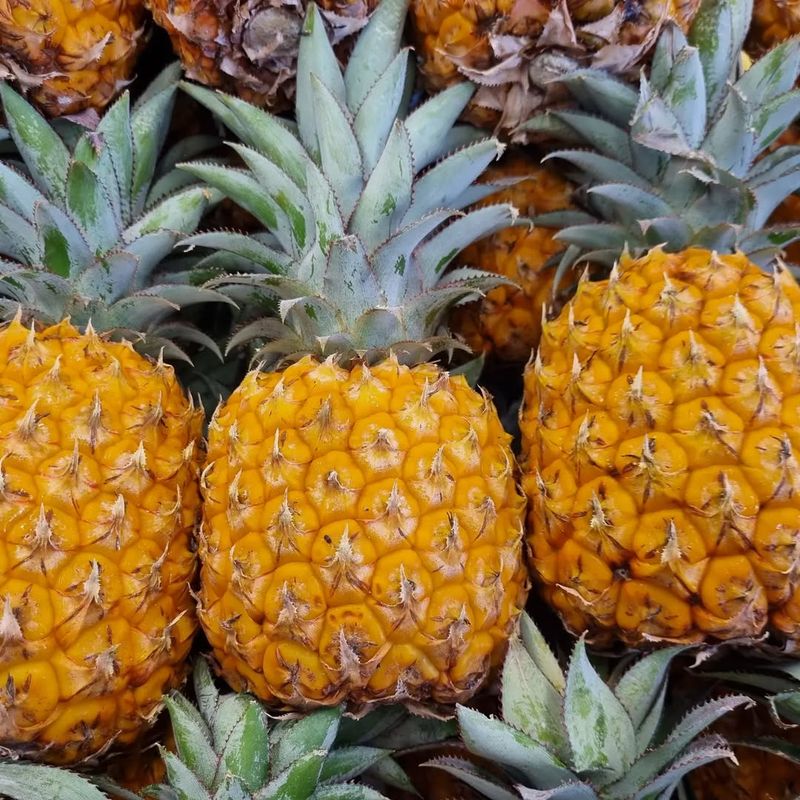
Pineapple was once so rare in Europe that it became a status symbol among royals. Imported from the New World, it was displayed at banquets and sometimes rented to showcase wealth, rather than consumed.
Pineapple is a common fruit today, available year-round in supermarkets. Its journey from an exclusive luxury to everyday availability highlights its appeal and accessibility.
17. Bananas
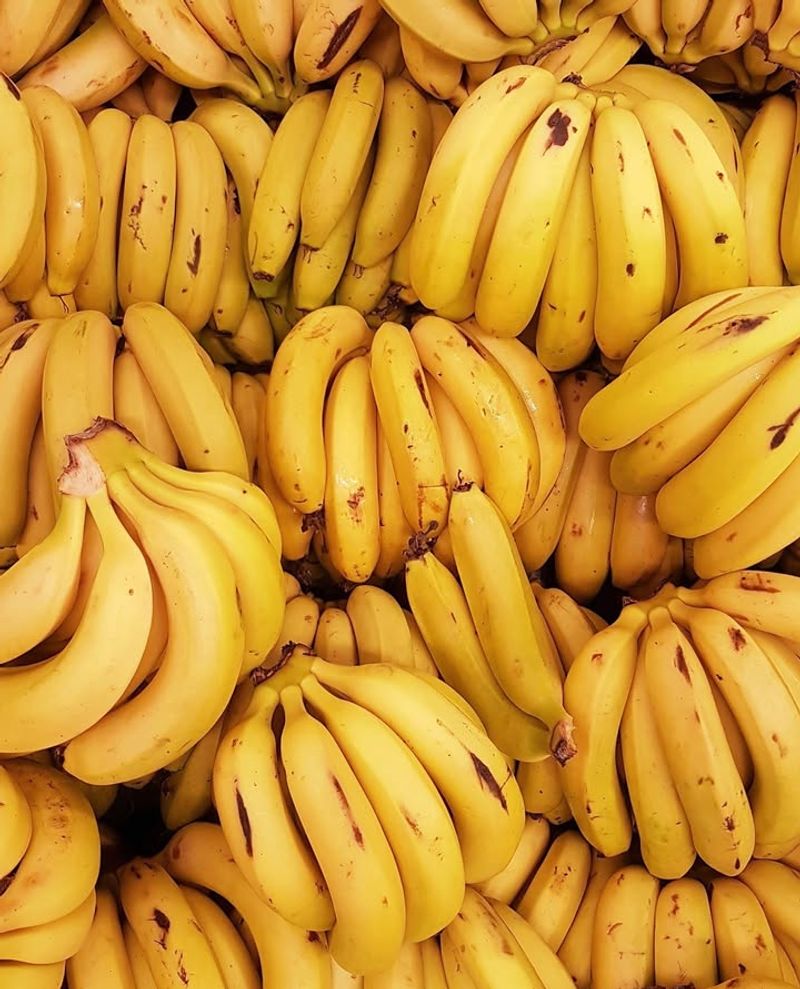
This common fruit today, was once an exotic delicacy. Bananas were considered a luxury fruit due to their scarcity and cost of importation. Their sweet, creamy taste and nutritional value made them a favorite among those who could afford them-
Now, bananas are a staple in households worldwide, praised for their convenience and health benefits. Available in every grocery store, their journey from rarity to ubiquity reflects their universal appeal.
18. Asparagus
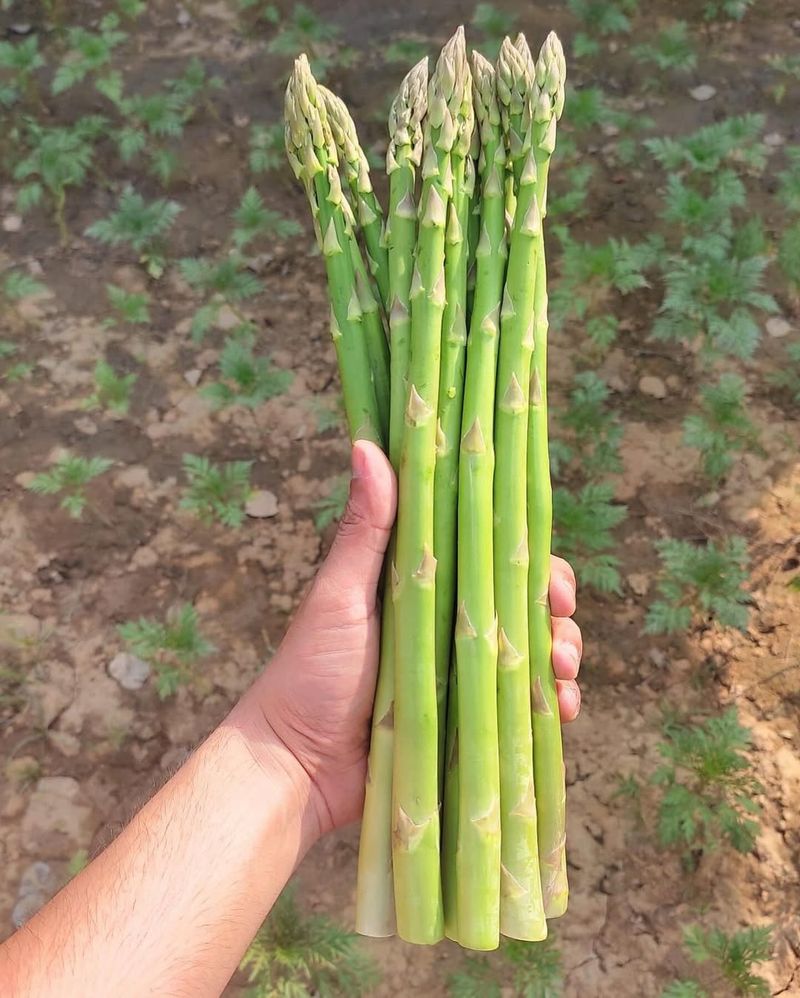
A vegetable once favored by European royalty, tells a tale of exclusivity and seasonal delight. Celebrated for its delicate flavor and tender texture, it was a prized addition to noble feasts, often served as a symbol of sophistication and refinement.
Today, asparagus’s availability has grown, yet it remains a seasonal favorite, cherished for its freshness and versatility.
19. Artichokes
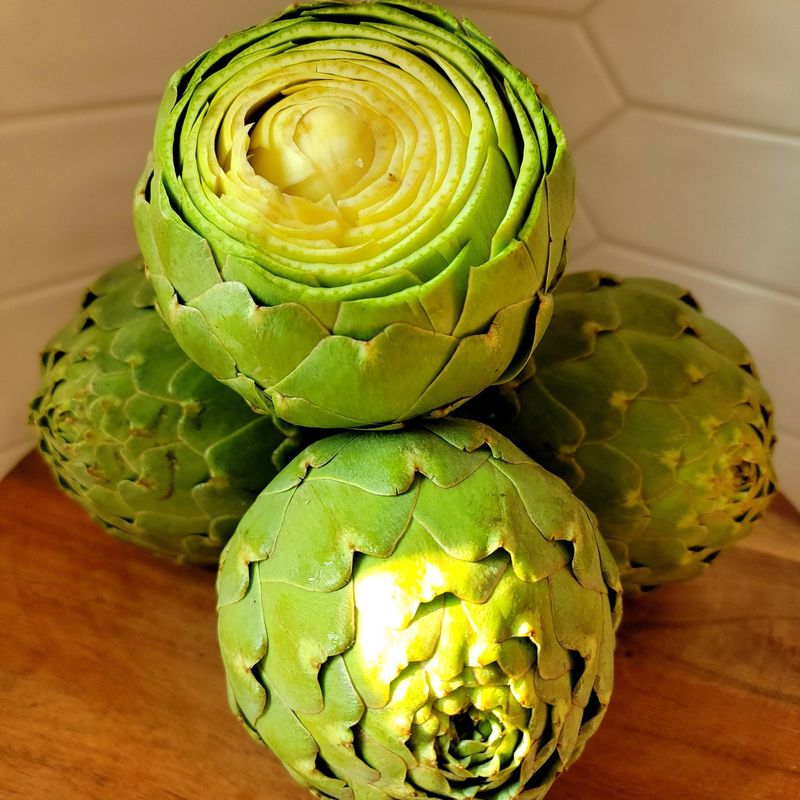
In the past artichokes were celebrated for their unique taste and elegant presentation. Served at noble feasts, they were a favorite among the elite, who appreciated their tender hearts and rich flavor.
Artichokes symbolized luxury and sophistication in royal dining. Today, artichokes are easy to find. From steamed to grilled, their versatility makes them a popular choice for home cooks and chefs alike.
20. Figs
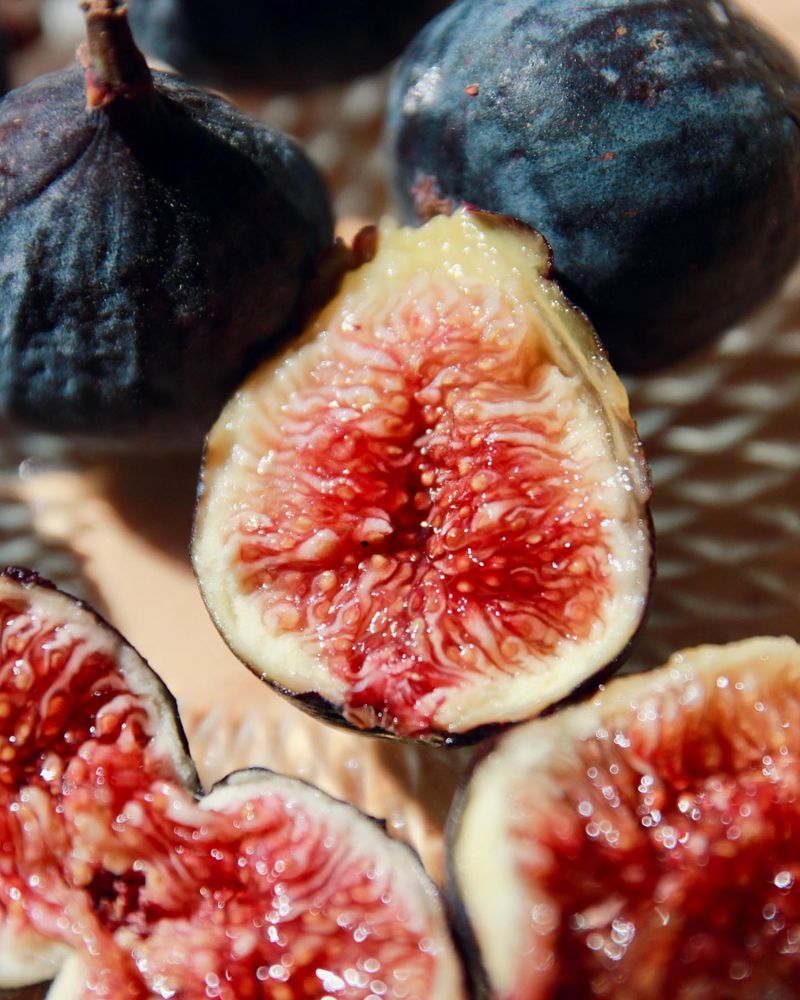
Figs were cherished by ancient rulers. They carry a legacy of sweetness and luxury. Their succulent flavor and rarity made them a prized addition to royal tables, often enjoyed fresh or dried.
Figs were celebrated for their nutritional value and exotic allure, captivating the palates of the elite. Now they are enjoyed all around the globe, available in both fresh and dried forms.
21. White Bread

White bread was a luxury in medieval times. Made from refined flour, it was reserved for the wealthy, who could afford the cost of milling and bleaching. White bread graced the tables of nobility, contrasting with the coarse breads consumed by the masses.
Today, white bread is a staple in households, available in various forms and flavors. Its journey from exclusivity to commonality reflects changes in food production and accessibility. White bread continues to be a favorite, offering a soft, versatile base for sandwiches and toast.
22. Parmesan Cheese
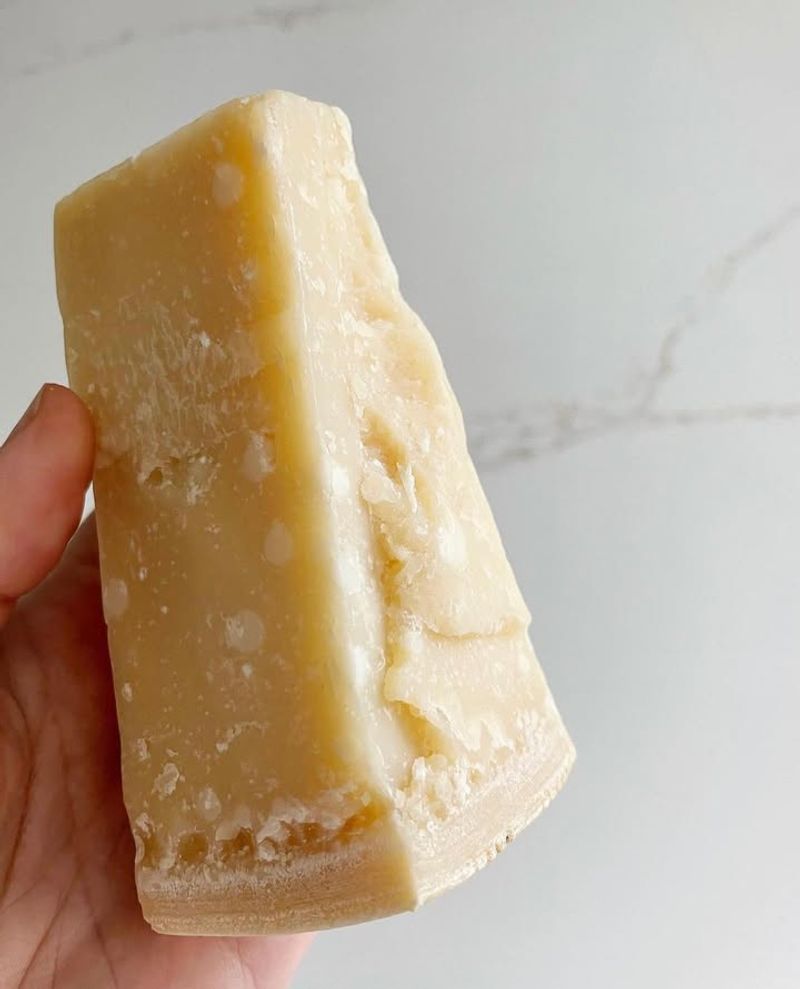
The pride of Italy was once produced exclusively for nobility, reserved for those who could appreciate its complex flavor and granular texture. Aged to perfection offered a taste of indulgence and craftsmanship.
In today’s time, Parmesan is enjoyed globally, available in both authentic and mass-produced varieties. Parmesan continues to enhance dishes with its rich taste, adding depth to everything from pasta to salads.
23. Brie Cheese
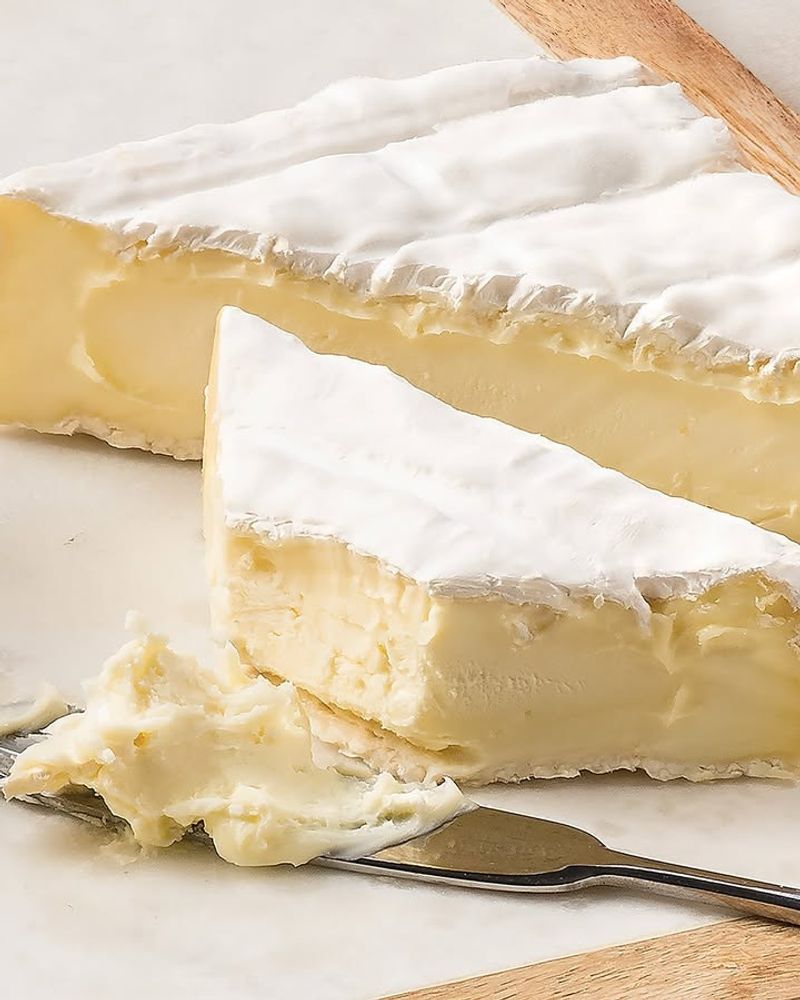
Brie cheese, known as the “cheese of kings” in France, carries a legacy of elegance. Its creamy texture and delicate flavor made it a favorite among French royalty, often served at opulent feasts and celebrations.
Brie symbolized luxury and sophistication, cherished by those who ruled. It is now enjoyed by cheese lovers everywhere. Its accessibility has grown, yet it retains its regal charm, offering a taste of refinement and tradition.
24. Oysters

They were once a delicacy at royal banquets. Celebrated for their briny flavor and aphrodisiac qualities, they were a prized addition to noble feasts, enjoyed by those who appreciated their unique taste and texture.
Today, oysters are available in seafood restaurants and markets worldwide. Though still considered a luxury, they can be enjoyed by anyone seeking their fresh, oceanic allure.
25. Champagne
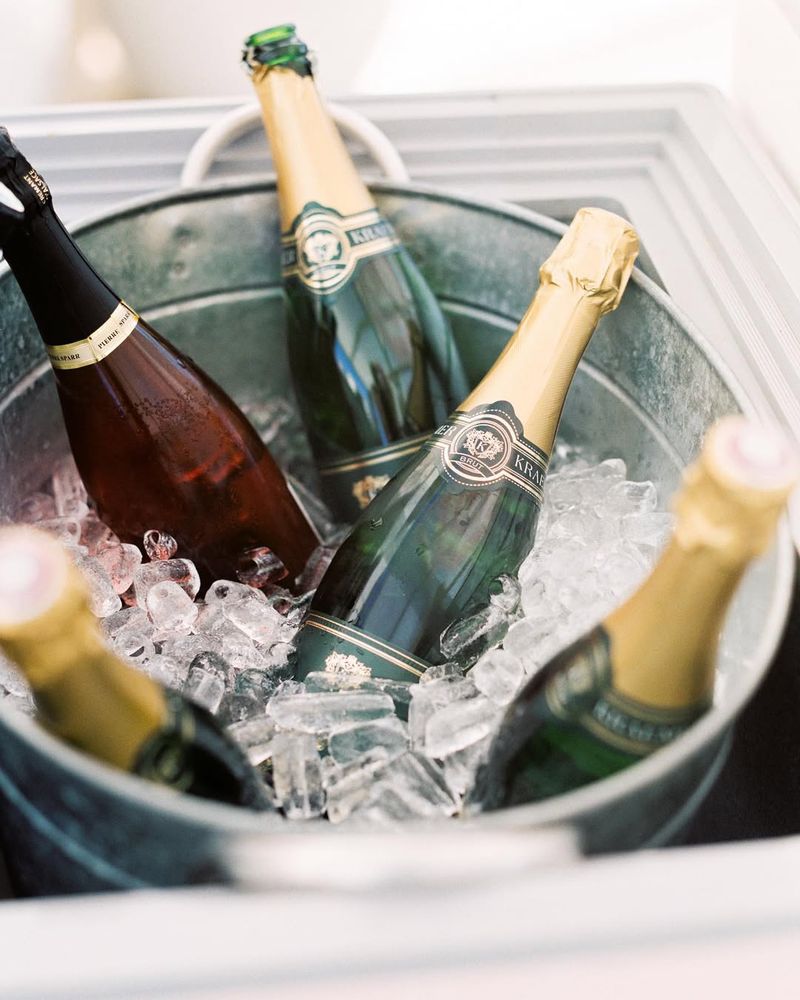
Champagne, the sparkling wine originally enjoyed only by French royalty, embodies celebration and sophistication. Its effervescence and luxurious taste made it a staple at royal gatherings, where it was a symbol of elegance and class.
Champagne is now the drink of choice for celebrations worldwide, available in various styles and price ranges. Its journey from exclusivity to global accessibility reflects its enduring charm and celebratory spirit.

